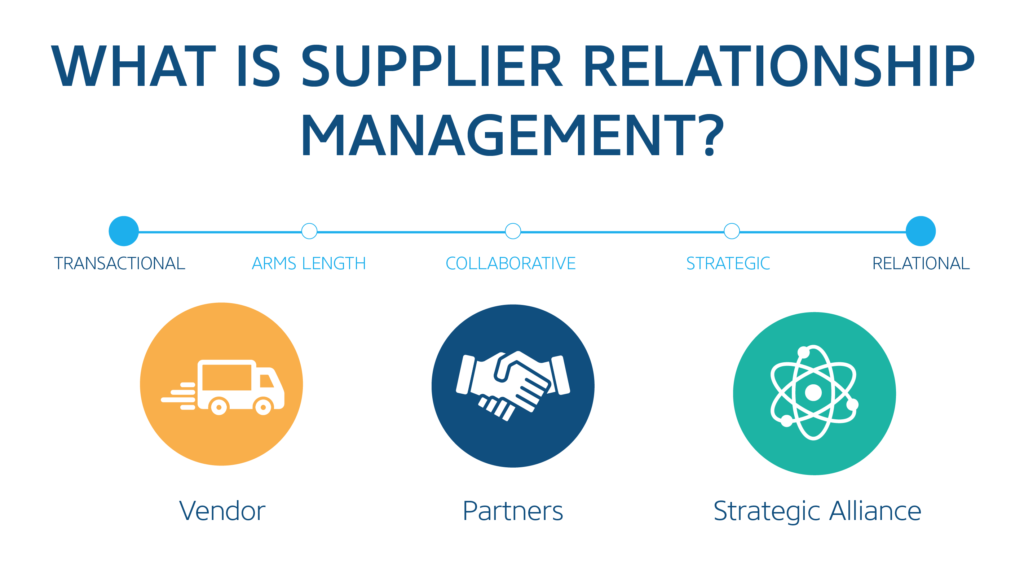July 10, 2018
Vendor Relationships: Your Key to Low-Cost Revenue Cycle Efficiency

Sure, new tools and sophisticated analytics can quickly pay for themselves, but sometimes it’s best to focus on getting the most out of what you have. This is especially true when it comes to revenue cycle systems — the inherent complexity and number of parties involved mean there are infinite ways to apply them and in turn, infinite ways to get even more out of your investment. Working with your staff and management is a start, but in your quest for revenue cycle efficiency, don’t forget your vendors.
The right vendor partnerships can make the difference between oceans’ worth of leakage and optimized reporting that supports all your strategic goals. That said, the real magic doesn’t happen until you get into the weeds and start looking at your relationships in a way you likely haven’t before.
Start With a Mindset Shift
Before you dive into denials management or payor-specific reports, you’ll need to make a mindset shift.
The right vendor isn’t just a vendor. They’re a strategic partner who is just as invested in your departmental and organizational goals as you are. Remember that the right vendor will want to see you churning out amazing results and mountains of recovered underpayments — your success is a win for them, too. The key here though, is that the mindset shift can’t just happen at the executive and managerial levels.
 Every revenue cycle staff member needs to learn to see your vendor relationship as an active and beneficial resource they can influence and that makes their job easier. If you have any team members who look negatively on vendor relationships, you might want to turn those feelings around. More on that in a bit.
Every revenue cycle staff member needs to learn to see your vendor relationship as an active and beneficial resource they can influence and that makes their job easier. If you have any team members who look negatively on vendor relationships, you might want to turn those feelings around. More on that in a bit.
Take an Internal Inventory
Revenue cycle solutions can be incredibly complex, so before you take any major steps, it’s worth reviewing exactly how your solutions are being used now.
You’ll be amazed at the workarounds and tricks your team has developed to get around issues. Some might be brilliant and fit your needs exactly; others might be costing unnecessary time and frustration. Five people might have found five different “solutions” to the same issue.
Talk to your staff and management to see how things are being used now and determine whether it’s time for some retraining or a new look at internal best practices.
Outline Your Goals
If you’ve reached a point where staff complaints about your systems are just part of a normal day, you may need to take a few steps back.
When you signed on with EPIC, for example, you had expectations, and your management and staff did, too. Along the way, for whatever reason, those expectations haven’t been met. This means it’s time to sit down and clearly identify the goals you’d like to achieve. Decide on your most important revenue cycle KPIs and benchmarks. Talk to your managers to find out how your existing analytics solutions are enabling those goals and where they’re feeling unsupported or even tripped up by your current solutions.
Perhaps more importantly though, you’ll want to talk with your staff. Let them list their complaints, air their grievances, and outline exactly how those issues are slowing down their results.
Is imprecise reporting leaving them spending extra time trying to comb out the data they need? Are custom reporting functions too complex? Are they not flexible enough? Are patient portals so difficult to use that they’re being avoided?
Taking time to let your people contribute to this process will empower them with a sense of ownership over their work and contribution to your vendor relationships.
Have a Conversation
Once you have an idea of the outcomes you’d like to see from your current systems investment, talk to your vendors.
Ideally, a vendor partnership should be founded on shared, fluid communication and a goal setting structure that works for your organization. One of the biggest perks of the right vendor partnership will be the vendor’s breadth of knowledge, not only of your current systems but also of helping organizations like yours achieve goals like moving past analytics challenges and getting the most out of any data mining you’re doing.
As you work with them to establish joint goals, don’t hesitate to ask for examples where they’ve helped other clients with challenges similar to yours. These can be a source of inspiration in how you can hit your efficiency and workflow targets. Also, don’t be shy about discussing budgetary concerns. The right vendor will be open about their pricing so you can predict any spend around your solutions.
This conversation is an ongoing one, so keep the lines of communication open so your vendor partners can help you do even more with the solutions you already have.
RevSpring Can Help
Innovative integrated payment communication is part of RevSpring’s DNA. We tailor the payment conversation to influence behavior and inspire action. Our segmentation rules and workflows help you become hyper-focused on the patient, understanding the patient’s ability to pay and mapping his or her financial obligations to payment pathways.
If you’d like to learn more about our comprehensive patient engagement and billing solutions, we’d love to help you. Request a demo to see how we can help your organization meet its goals.